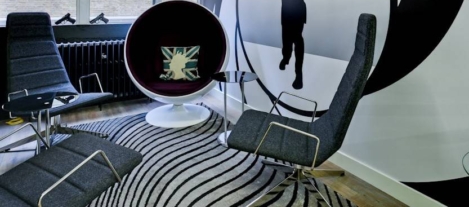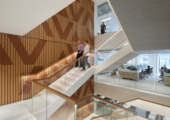January 11, 2016
Cranes dot Birmingham skyline as city hits 13 year development high 0
 Birmingham’s development upturn looks set to continue this year, as the latest Deloitte Birmingham Crane Survey shows office construction at the highest level for 13 years. The report also showcases the significant increase in hotel, leisure and retail developments in the city, reflecting both the rise in investor interest in regional cities and the year-on-year growth of visitor numbers attracted to the UK’s second city. The report, first launched by the Deloitte Real Estate team in the Midlands in 2000, shows 969,000 sq ft of office space under construction, with hotel construction three times higher than the 10 year average. Office take-up has shown a particular resurgence. Q1 to Q3 of 2015 reached 732,000 sq ft, its highest level since 2008. The Colmore Row district remains very attractive to investors, whilst more peripheral locations have become more established and are generating serious interest.
Birmingham’s development upturn looks set to continue this year, as the latest Deloitte Birmingham Crane Survey shows office construction at the highest level for 13 years. The report also showcases the significant increase in hotel, leisure and retail developments in the city, reflecting both the rise in investor interest in regional cities and the year-on-year growth of visitor numbers attracted to the UK’s second city. The report, first launched by the Deloitte Real Estate team in the Midlands in 2000, shows 969,000 sq ft of office space under construction, with hotel construction three times higher than the 10 year average. Office take-up has shown a particular resurgence. Q1 to Q3 of 2015 reached 732,000 sq ft, its highest level since 2008. The Colmore Row district remains very attractive to investors, whilst more peripheral locations have become more established and are generating serious interest.


































January 8, 2016
The six things all people need from their workplace 0
by Jane Kendall-Bush • Comment, Facilities management, Knowledge, Workplace design
More →